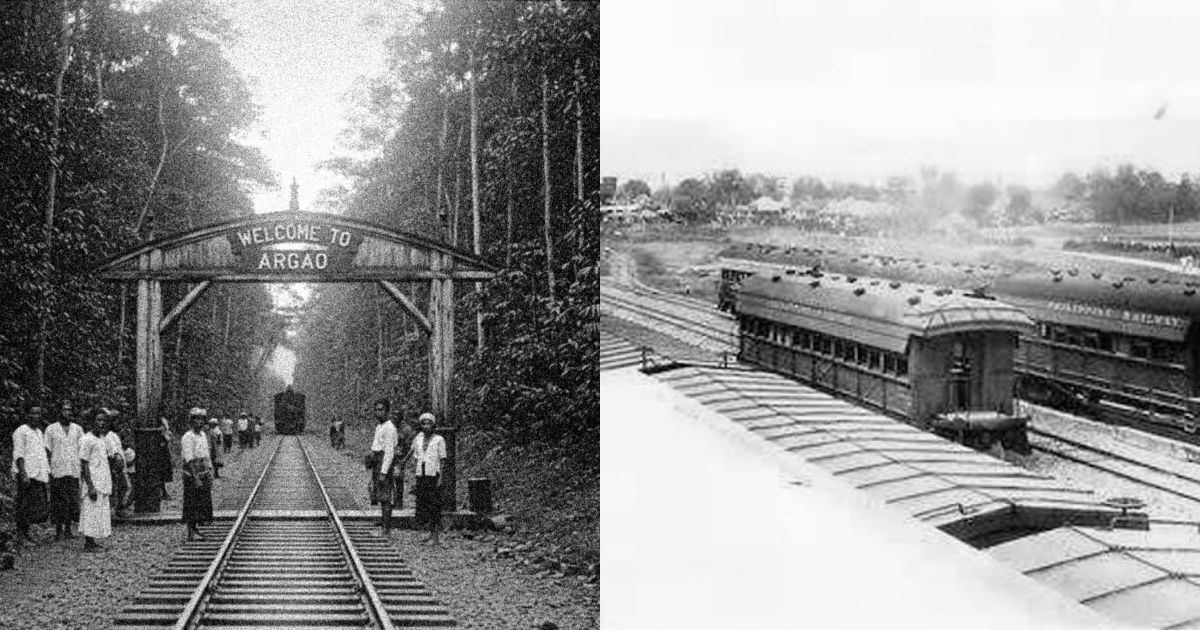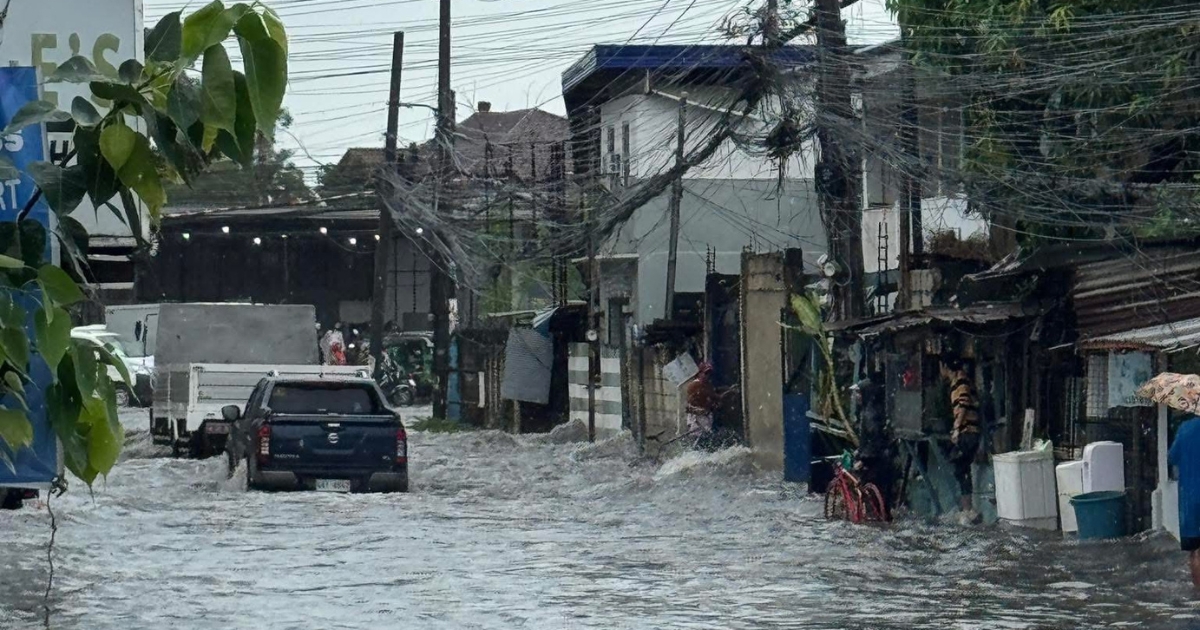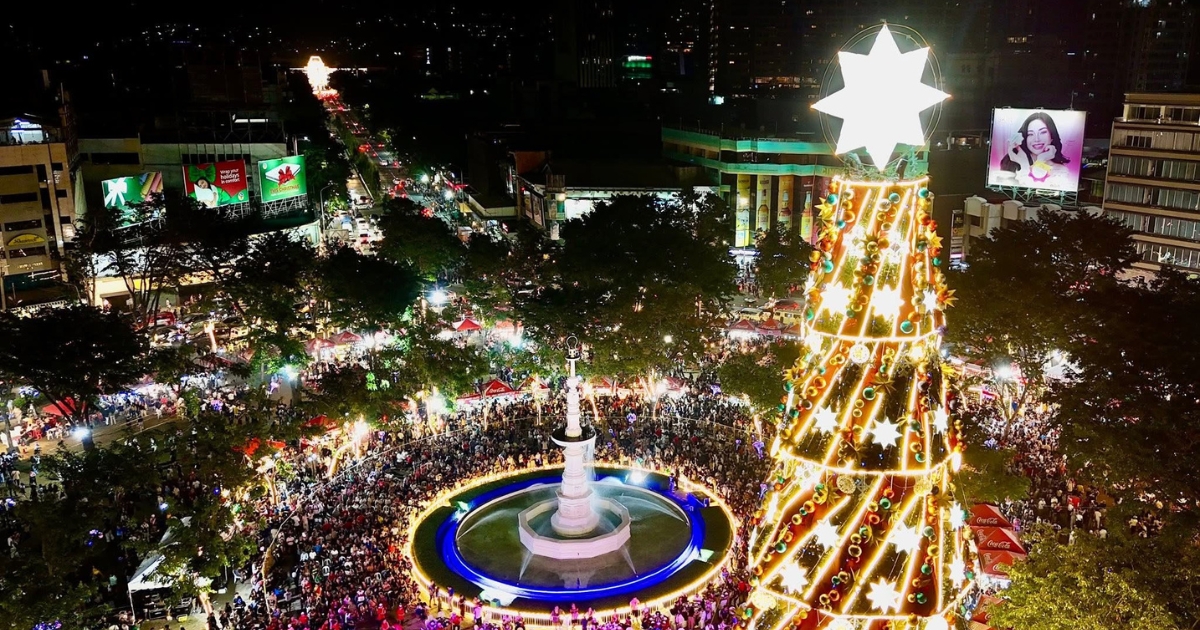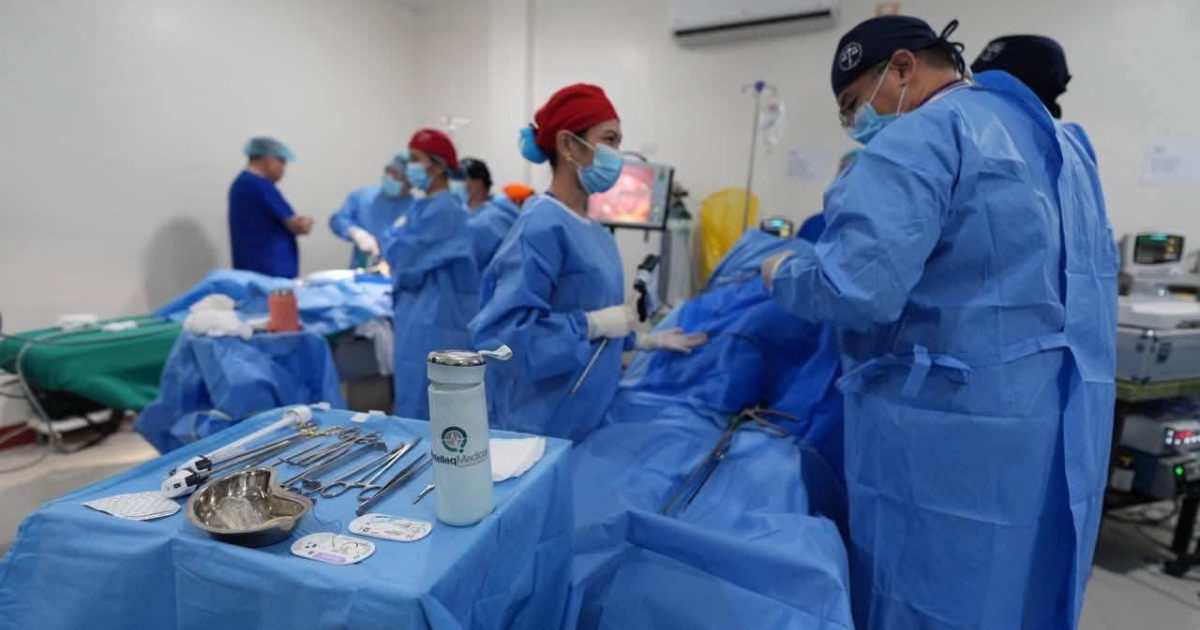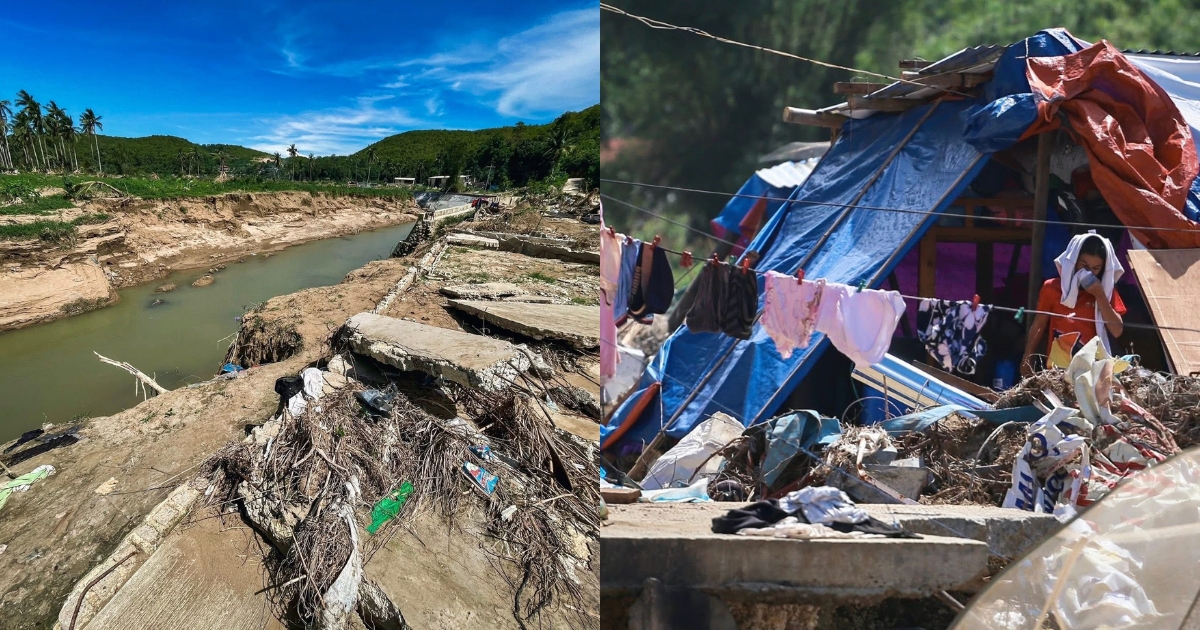Operational from 1911, this line was the island’s economic lifeline for over three decades, primarily hauling sugar, coal, and agricultural goods from the fields straight to the port for export. It featured at least 14 stations: Danao City, Maslog, Mandaue, Mabolo, Cebu City, San Isidro, Mohon, Calajo-an, Naga City, Sab-Ang, Sibonga Elementary, Valladolid, Carcar City, and Argao Fire Station. This historic line connected numerous small towns across Cebu, though today, only scattered remnants of its existence remain. It was a testament to a golden age of Cebuano innovation and a bold vision for a connected province. The forgotten chapter of our history that feels both incredibly distant and strangely magical. Its era ended after World War II, when the heavily damaged line was never rebuilt.
Today, its memory lives on in repurposed stations: the Carcar stop is now a restaurant, the Sibonga station a school library, and the Argao depot a fire station. The central terminal may be gone, but its location is where you now catch buses south. Apart from repurposed stations, structural traces such as bridges and their foundations can still be found in San Fernando, Argao, and Carcar. The railway’s stations were categorized into three classes: Type 1, the largest, located exclusively in main towns; Type 2, situated just outside central areas; and Type 3, serving rural regions.
So the next time you’re stuck in traffic, just close your eyes and imagine a different soundtrack to Cebu’s progress—the chug of a train and the whistle echoing across our fields. A time where Cebu truly ran on rails, bai.
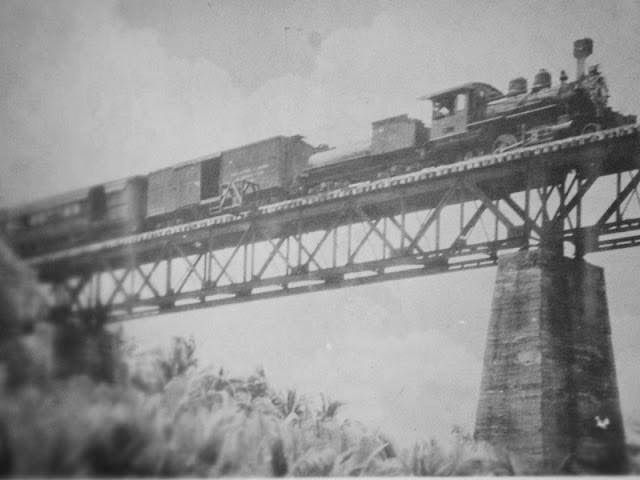
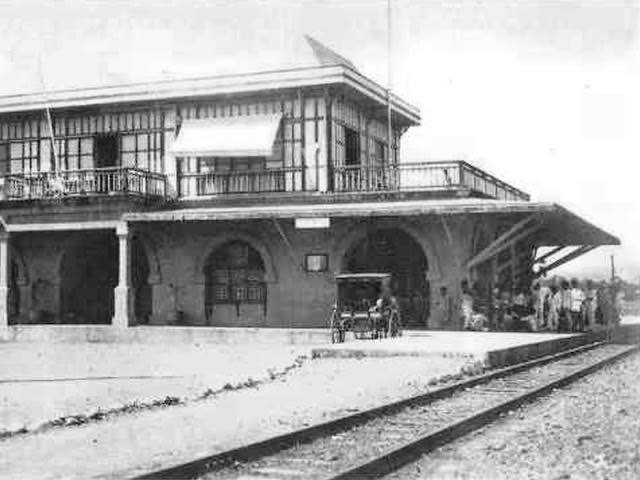
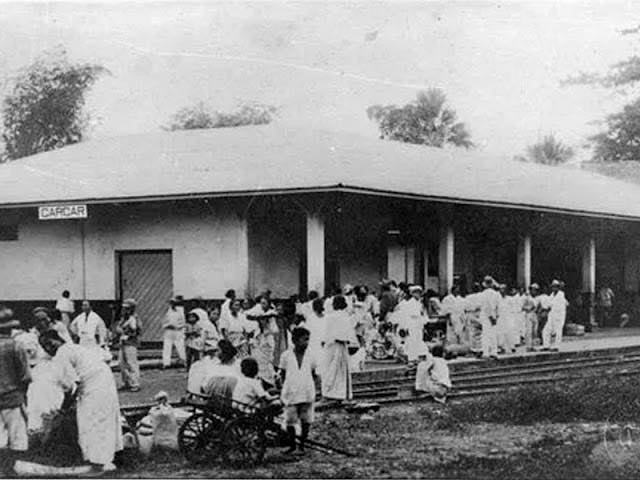
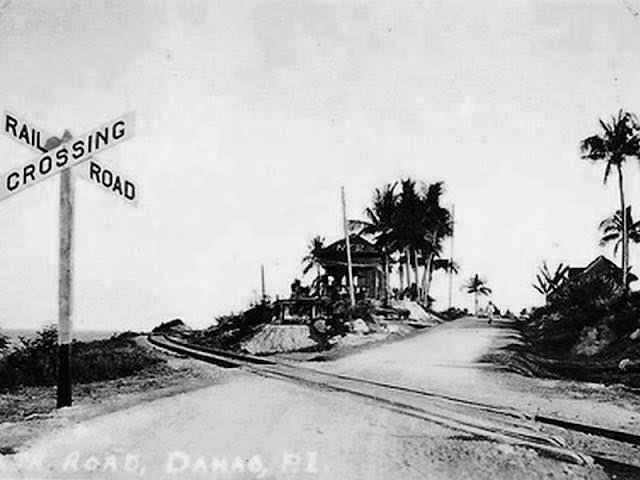
(Photo credits to the rightful owner)


